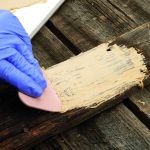Spruce Vs Pine Vs Fir Lumber: Which Is The Best?
If you are just beginning woodworking, you can never go wrong with softwoods like pine, spruce, and fir lumber. This is because they are affordable, easy to work with, and boast many applications.
But are there any spruce vs pine vs fir lumber differences? Yes. Spruce, fir, and pine woods differ in terms of genus and species, appearance, texture, weight, and hardness levels. Their durability, type of applications, level of maintenance, and cost also vary.
Wait, that’s not all! To help you find the finest lumber for your next project, we will discuss their differences and similarities in more detail.
Spruce Vs. Pine Vs. Fir Lumber: Comparison Table
Below is a quick overview of the differences between spruce, pine, and lumber woods.
| Features | Spruce | Pine | Fir |
|---|---|---|---|
| Genus | Picea | Pinus | Abies |
| Number of Species | About 35 | Around 121 | 48 to 56 |
| Appearance | Creamy-white or yellowish-white | Creamy, yellow, or yellow-white with brownish or reddish-yellow heartwood | White to light brown with a red and or yellow hint |
| Texture | Smooth to medium grain pattern | Straight and fine grain pattern with knots | Wavy grain pattern with a medium to coarse texture |
| Weight | More lightweight | Lightweight | Less lightweight or a little heavier |
| Hardness | 350 lbf to 520 lbf Janka rating | 380 lbf to 1630 lbf rating | 660 lbf rating |
| Durability | Less durable for outdoor projects | More durable than spruce for all projects | More durable than spruce and pine for all projects |
| Applications | Best for indoor wood projects | Ideal for indoor and outdoor projects | Best for interior and exterior projects |
| Cost | Less expensive | Pricier than spruce | Pricier than spruce and pine |
| Maintenance | High maintenance | Easier to maintain | Easier to maintain |
Spruce Vs. Pine Vs. Fir Wood: What Are The Differences?
Choosing the best lumber for your construction project is crucial. While spruce, pine, and fir lumber have similar traits, they also differ in many ways, including the following.
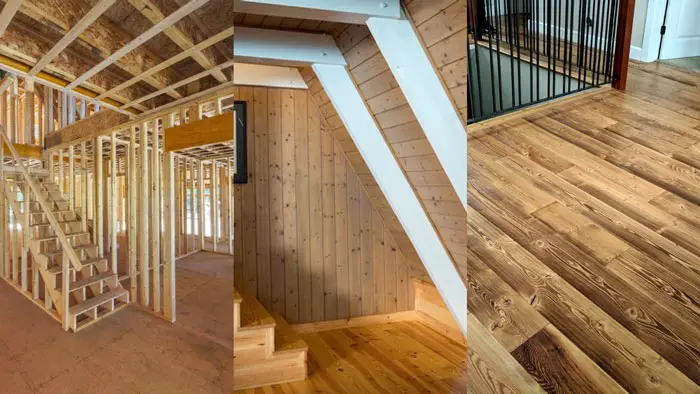
1. Genus and Species
The three woods belong to different genus and comprise various species. These include:
- Spruce Lumber
It comes from a tree belonging to the genus Picea in the family of Pinaceae. This genus comprises around 35 species of coniferous trees found in the boreal and northern temperate regions.
- Pine Wood
This is harvested from a tree in the genus Pinus in the family of Pinaceae. This tree is commonly found in the Northern Hemisphere, and the genus comprises about 121 species.

- Fir Lumber
Regarding fir or Douglas fir, it belongs to the genus Abies in the Pinaceae family. This genus comprises approximately 48 to 56 fir species. The tree is found in mountains throughout North Africa, Europe, Central America, and Asia.
2. Appearance and Texture
Another difference is the color and grain structure of the lumber. For example:
- Spruce Wood
It has a clean appearance as it is uniformly bright and creamy white or yellowish-white in color. However, light can make this lumber appear dark to brownish-yellow. In terms of texture, spruce boasts a smooth and minimal grain pattern.
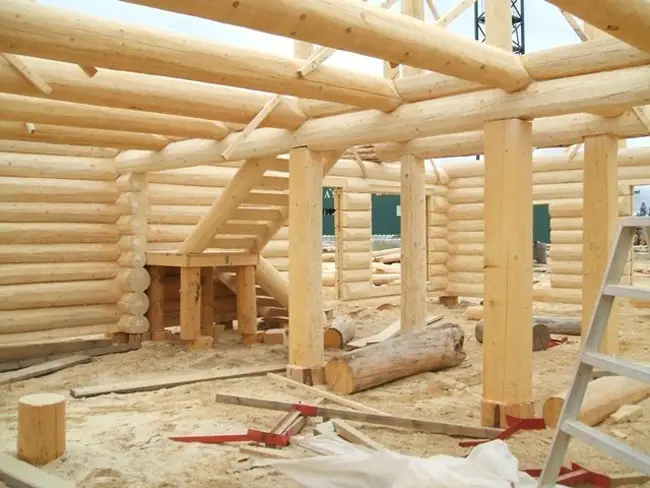
- Pine Lumber
The sapwood boasts a creamy, yellow, or yellow-white color, while the heartwood is brownish or reddish-yellow. Regarding texture, the wood features a straight and fine grain pattern with few brown knots. The knots give this lumber a clean and rustic appearance.
- Fir Lumber
Its appearance varies depending on the location and age of the tree. But generally, the lumber boasts a white to light brown color with a hint of yellow or red. In addition, fir has darker growth rings.
Additionally, this wood has a medium to coarse texture, complemented by a straight and somewhat wavy grain pattern. Unlike pine, it has fewer knots.
3. Weight and Hardness
All the 3 woods have relatively the same weight but different hardness levels. For example:
- Spruce Lumber
This is a lightweight lumber with a relatively low hardness level. It boasts a hardness rating ranging from 350 lbf to 520 lbf per the Janka hardness test. The hardness levels vary from one species to another, with the black spruce being the hardest.
- Pine
Like spruce, pine is also lightweight but with a higher hardness level. Red pine boasts a Janka hardness rating of 1630 lbf, while true pine has a 1570 lbf rating. Eastern white pine has the lowest hardness level at 380 lbf.
- Fir
Fir is heavier than both spruce and pine. In terms of hardness level, it has a Janka score of 660 lbf. So, overall, pine is more resistant to denting and wear than spruce and fir lumber. Similarly, fir is denser and more dent-resistant than some spruce wood species.

4. Durability
Also worth mentioning is that spruce, pine, and fir don’t have the same durability level. For instance:
- Spruce Lumber
The heartwood has low to medium rot and minimal weather resistance properties. Therefore, it can get easily damaged by water if not well cared for. This means its durability is relatively lower than that of pine and fir lumber.
- Pine Wood
This lumber is not inherently resistant to decay when exposed to high wetness levels. However, it stands up better to moisture than spruce, resisting warping and swelling.
- Fir Lumber
Compared to spruce and some types of pine, fir is more water-resistant, strong, and durable. But how? Well, as it turns out, fir has a higher density. Its grain structure is also tighter. This makes it an excellent choice for outdoor wood projects.
5. Applications
All the three woods are versatile with many applications. However, some are better suited for certain applications than others. These include:
- Spruce Lumber
Generally, untreated spruce wood is not ideal for outdoor projects because of its poor weather resistance properties. It works best for indoor wood projects, such as:
- Wall framing
- Musical instruments making, like guitars
- Papermaking
- Built-in furniture
- Roof structures
- Making crates and crib stables
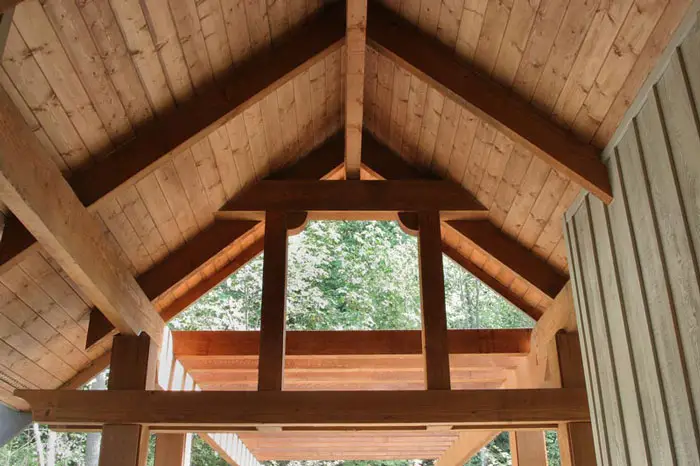
- Pine Lumber
On the other hand, pine is a versatile lumber with many indoor and outdoor applications. You can use it for:
- Flooring
- Furniture
- Crates, cabinets, and pallets
- Fencing
- Wood paneling
- Window sills
- Interior finishing
- Fir Lumber
Like pine, fir is a versatile wood thanks to its high strength and durability. It is ideal for:
- Boat and shipbuilding
- Furniture making
- Aircraft making
- Flooring
- Trim and joinery
- Papermaking
- Framing buildings
6. Cost
The prices of these woods per board foot also differ but not significantly. For example:
- Spruce Wood
Overall, spruce is one of the most popular and widely available lumber. This, therefore, makes it inexpensive. A board foot of pine costs up to $10. And when chemically treated, it can be slightly expensive due to its increased durability and rot resistance.
- Pine Wood
Compared to spruce, pine is cheaper because of its faster growth rate, making it widely available. You can buy a board foot of pine between $1.43 and $2.33.
- Fir Lumber
Fir is more expensive than spruce and pine due to its higher strength properties. The price per board foot ranges from $4.50 to $19.00.
7. Maintenance
The maintenance requirements for the three lumber are also different. For instance:

- Spruce Wood
Compared to pine and fir lumber, spruce requires more maintenance. This is because it scratches and dents more easily. Not to mention, it is highly susceptible to weathering. Therefore, contact with water must be avoided.
- Pine Wood
On the other hand, pine is less prone to swelling and shrinking. Therefore, it can maintain its shape for years with minimal maintenance. In addition, its resistance to outdoor weather conditions, decay, and insect infestation makes it easier to maintain than spruce.
- Fir Lumber
Regarding fir, there is not a big difference in maintenance with pine wood.
What Are Their Similarities?
Enough with talking about spruce vs pine vs fir lumber differences. These woods also have similarities that include the following:
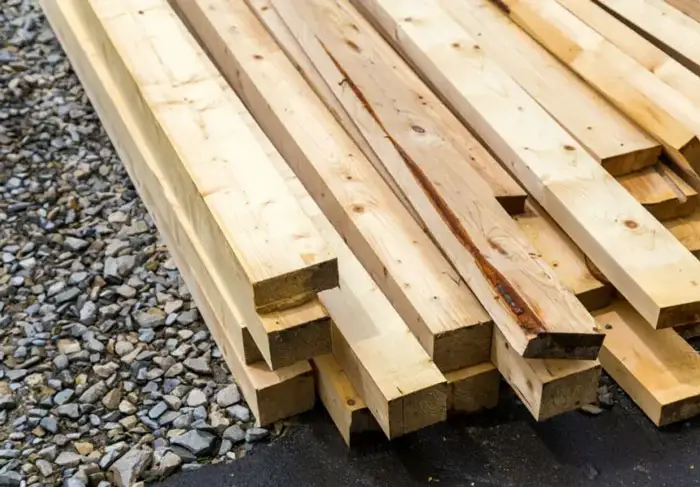
1. Softwoods
Spruce, pine, and fir lumber are all conifers evergreens. And as it turns out, softwoods come from coniferous trees, known for having needle-like leaves. Unlike hardwoods, softwoods are less dense, more flexible, and lighter in weight.
2. Ease of Working With
All the 3 kinds of wood are easy to work with, whether using hand or power tools. This is because they are relatively lighter in weight. Therefore, you can effortlessly cut and curve these woods. They also take nails and screws well.
However, spruce is the easiest to work with because it has lower density and is lighter than the rest.
3. Availability
All three wood types are widely available in many regions, including northern and central Europe and North America. This is because they grow so well in a variety of conditions. Therefore, you can easily find them at most big box stores throughout the U.S.
4. Affordability
Although their prices differ, they are all an affordable option than hardwoods.
5. Staining and Painting
All three lumbers can be stained and painted to customize their appearance according to your taste. They all take stains and paint very well, including water, gel, and oil-based stains.
If you plan to stain your pine lumber, here is a short video to help you:
Which is The Best Lumber Between Spruce, Pine, and Fir?
All three lumbers are excellent choices for woodworking based on what you need for your specific project. However, if your project requires superior durability and strength, fir is the best choice. This is because it has a higher density and is more resistant to twisting, warping, and decaying.
The downside with fir is that it is relatively expensive. So, if you are on a budget and looking for durable lumber, pine is an excellent choice for indoor and outdoor projects. In fact, it does a better job of hiding dents and scratches than spruce.
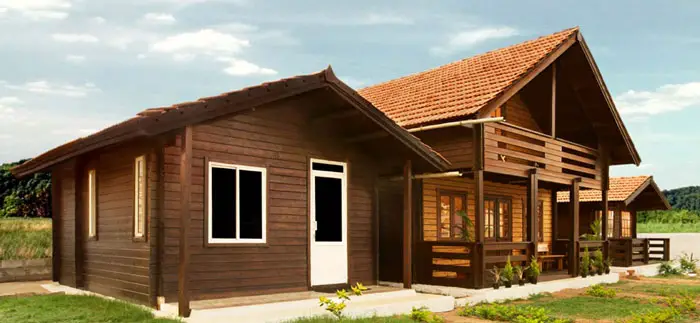
FAQs
Before we conclude our guide, let’s check out some frequently asked questions about spruce vs. pine vs. fir woods.
Q. Are spruce, pine, and fir lumber environmentally friendly?
Yes, as long as the woods are sourced sustainably. This is because the three are widely available and boast fast growth. Therefore, their carbon footprint is lower compared to that of exotic woods.
Q. Which is more durable of the three kinds of wood when untreated?
It is fir lumber since it could last up to 15 years. And with chemical treatment, it can last several more years. On the other hand, untreated spruce may only last for 2 to 3 months outside and 2 to 5 years for pine.
Q. Which of the three wood types stains better?
Although all three can be stained effectively, pine lumber stains better, thanks to its straight grain pattern. But for the best results, you must prepare the wood well and use a pre-stain conditioner.
Final Words
Spruce, pine, and fir lumber are all softwoods. As such, they share many similar characteristics and are readily available. But as a woodworker, you must know how to differentiate the three from each other. This is because each lumber type has its own place in the woodworking.
Now, while fir lumber is considered the best due to its versatility and durability, the perfect wood depends on your project’s needs. In other words, you must know the strengths and weaknesses of each before making your final decision.



